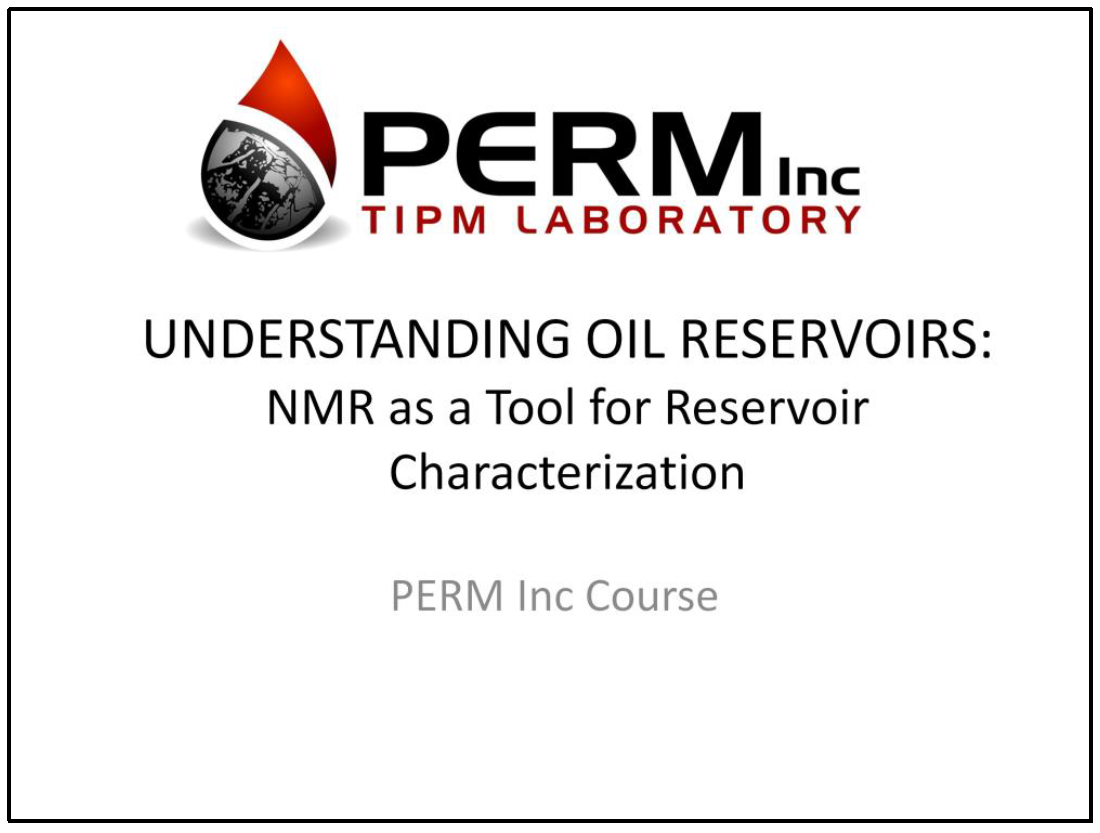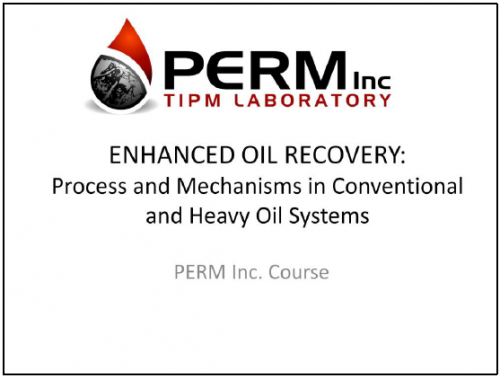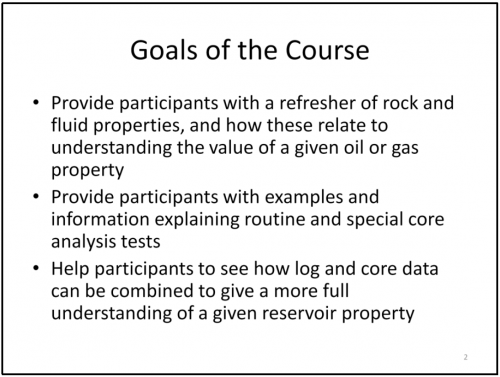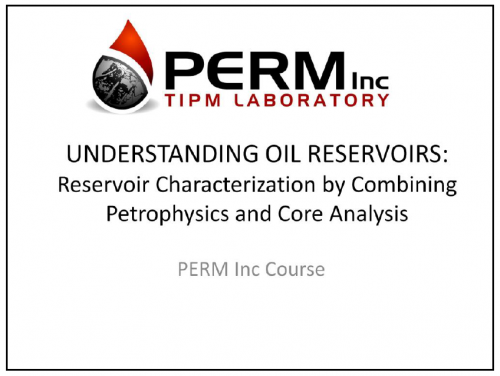DAY 1
Introduction to NMR & review of NMR basics
Explanation of what NMR measurements are
NMR theory – explanation of the acquisition parameters and how to identify if NMR tools are using correct parameters for a given reservoir
T1 vs. T2 relaxation
Explanation of bulk and surface relaxation and what they mean for reservoir characterization
NMR of bulk fluids
NMR measurement outputs: amplitude and relaxation time and what they mean
NMR as a tool for quantifying water and hydrocarbon content in fluid streams
NMR as a tool for measuring oil viscosity
Measurements of Water & Gas in Porous Media
Porosity by NMR
NMR and evaluation of pore size distributions
T2cutoff analysis: identification of clay bound water (CBW), capillary trapped irreducible water (BVI) and mobile water (BVM)
NMR as a tool to understand pore connectivity and ease of drainage in porous media
Day 2: Core Analysis Conclusion / Specialty Applications
Review of concepts learned in Day 1
Permeability from NMR Measurements
Review of permeability – definitions, testing procedures
NMR models for predicting permeability
NMR permeability predictions in sandstones vs. carbonates
Models and methods for potential improvements in NMR permeability predictions
NMR in Conventional Oil Systems
Review of wettability and capillary pressure
Direct and indirect core analysis methods for assessing wettability
NMR in oil-water systems: water wet reservoirs
NMR in oil-water systems: oil wet reservoirs
2D measurements – adding diffusion as a means for separating oil and water signals
Challenges in NMR permeability predictions in oil-water systems
NMR in Heavy Oil & Bitumen Systems
Understanding of how viscous oil systems differ from conventional oil
Impact of wettability on NMR responses in heavy oil systems
Saturation predictions from NMR
In-situ viscosity profiling from NMR
NMR in Tight Rock Systems
Low permeability gas reservoirs
Measurements with coal samples
A novel NMR system for tight oil and gas measurements
About the Presenters
Dr. Kantzas, P. Eng., founded the Tomographic Imaging & Porous Media Laboratory in 1994. A professor from the University of Calgary, Dr. Kantzas has tremendous experience in leading advanced research of porous media, primarily dealing with petroleum reservoir engineering issues. Expert in Tomographic Imaging, Porous Media Physics and Magnetic Resonance Sensor Technology, Dr. Kantzas has led a large research team at the University of Calgary previously under a Canada Research Chair Program and currently under an NSERC/AITF Industrial Research Chair in Fundamentals of Unconventional Resources (FUR).
Dr. Jon Bryan, P. Eng., did his MSc and PhD degrees at the University of Calgary under Dr. Kantzas’ supervision. He has been a frequent collaborator in the Canada Research Chair and in Dr. Kantzas’ NSERC Chair in Unconventional Resources. Jon has expertise in petrophysics and enhanced oil recovery, and manages many of the service and core flooding projects at PERM Inc.
Dr. Sergey Kryuchkov manages R&D at PERM Inc. and has helped bring several NMR technologies to market such as field-type Magnetic Resonance Water Cut & Multiphase Meters. Areas of expertise include Physics of Flow in Porous Media, CFD, Reactive Multiphase Flows, and NMR applications in Oil & Gas.




